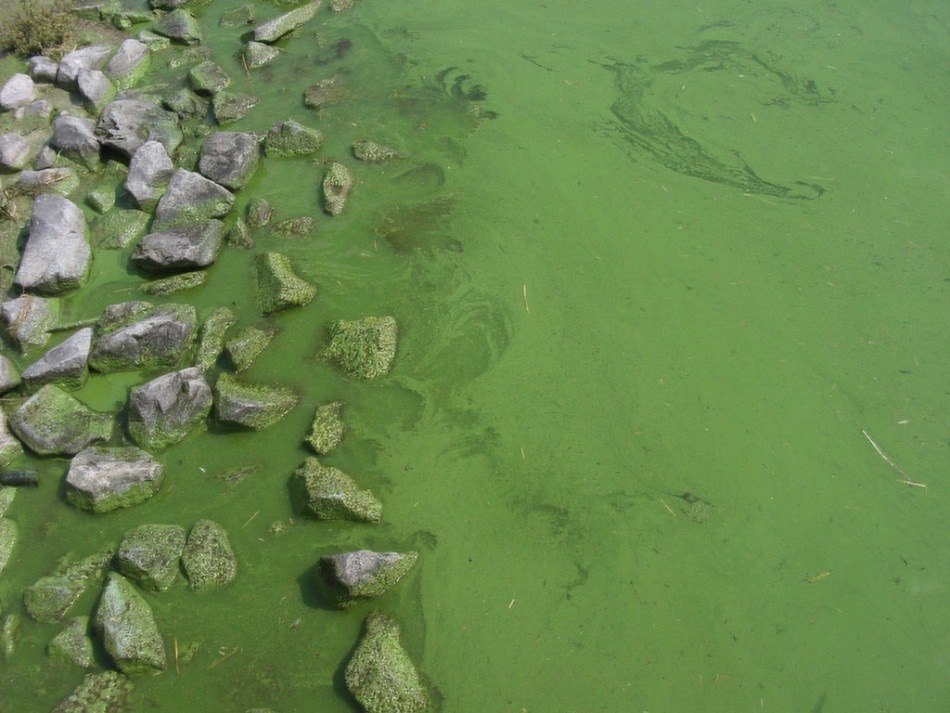Aug 5 2016
 Photo by Jolanda Verspagen
Photo by Jolanda Verspagen
A common type of blue-green algae seems to be easily adapting itself to the Earth's rising CO2 levels. Some of the many toxin-producing varieties of blue-green algae are found to be managing climatic change much better than suspected.
At the University of Amsterdam (UvA), a group of microbiologists recently published their findings in the journal PNAS. In the research, they emphasize the importance of freshwater ecosystems, swimming safety, and clean drinking water.
A team of researchers headed by Jef Huisman, a Professor of Aquatic Microbiology, used microscopes that were trained on Microcystis, a kind of blue-green algae that multiplies in reservoirs and lakes in the summer season. The genetic composition of cyanobacteria was analyzed. Cyanobacteria is the scientific name of blue-green algae.
The team of researchers observed Microcystis in both the Kennemer Lake and in the laboratory, under CO2-poor and rich conditions.
Before this, the adaptive potential of these harmful cyanobacteria in response to increasing CO2 concentrations had never been studied systematically, even though this can help us predict how algal blooms will develop in future.
Xing Ji, a PhD Researcher, UvA
In the lake as well as the laboratory, a change in the genetic makeup of cyanobacteria was observed in response to the increased CO2 concentrations.
"It's a textbook example of natural selection," says lead author Giovanni Sandrini. "Cyanobacteria absorb CO2 during photosynthesis to produce their biomass, and we observed that the strain best equipped to absorb dissolved CO2 eventually gains the upper hand."
Some Microcystis strains possess the ability to slowly but efficiently uptake carbon, as a result, even at very low concentrations, they can squeeze out even the last portion of CO2 from the water. At low CO2 conditions, the strains become dominant.
Conversley, the remaining strains possess a fast uptake system, and at high concentrations, can take up dissolved CO2 at very high rates.
We discovered that these high-speed strains enjoy a major selective advantage in CO2-rich water. Given the rising atmospheric CO2 values, these strains are poised to thrive.
Giovanni Sandrini, UvA
Bathing and Drinking Water
The adaptation of Cyanobacteria to the mounting CO2 level is a matter of concern. This is because Microcystis produce microcystin, which is a toxin that can lead to liver damage in mammals and birds.
Under high concentrations, cyanobacteria can also damage the freshwater ecosystem by killing aquatic plants and fishes. The swimming areas in the Netherlands are regularly off limits due to blue-green algal blooms.
In 2007, Ji witnessed the destroying effects of cyanobacteria. When he was living in eastern China almost five million people were affected because cyanobacteria covered the complete stretch of 2000 km2 of the Taihu Lake, thus resulting in serious drinking water crisis.
I watched my mother arguing with other supermarket shoppers who all had their sights set on the last bottles of drinking water. It's precisely because I'm aware of how poor water quality can impact society that I am happy to be doing research that can yield relevant insights.
Xing Ji, a PhD Researcher, UvA